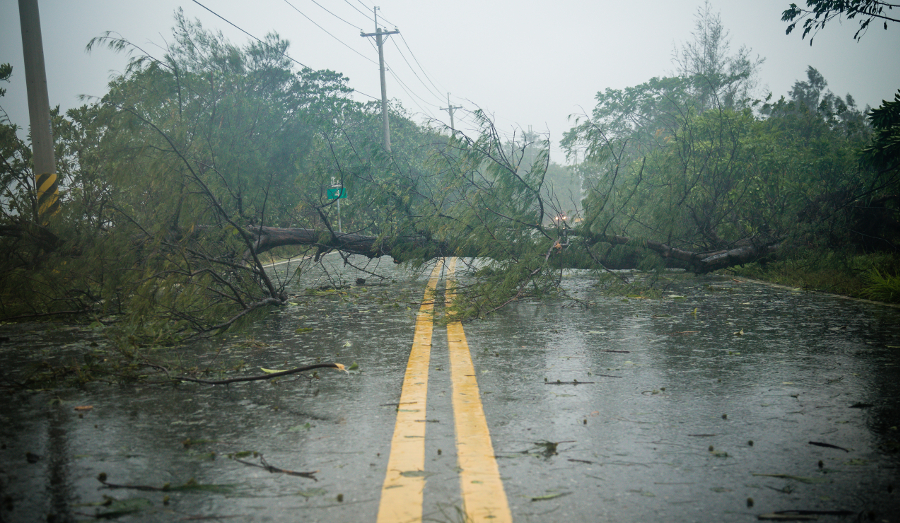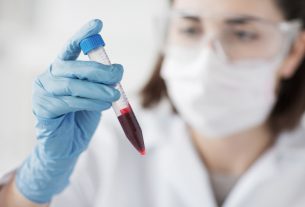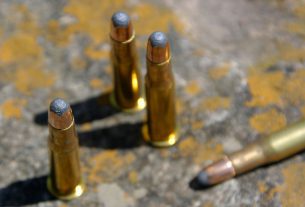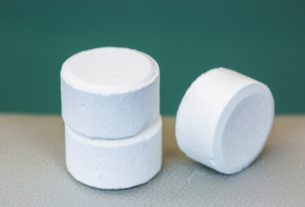For the majority of Americans who live in urban and suburban areas, disaster planning may be far from their minds. But with the spate of nasty weather affecting the United States this spring, from flooding to snowstorms to tornadoes, planning for inclement weather needs to become a priority. Space may be at a premium for city dwellers, particularly for those living in apartments, so here are the 10 key items of equipment that every household needs to have.
1. Flashlight and Batteries
You’ll need to see in the dark when electricity goes out, and candles aren’t convenient for carrying around. Make sure you have a flashlight and plenty of batteries. Decent LED flashlights can be had today for less than $10.
2. First Aid Kit
You won’t be able to run down to the pharmacy to grab first aid gear in a disaster because the shelves will be bare. Make sure you have Band-Aids, antibiotic ointment, hydrogen peroxide, and any other first aid equipment you need before disaster strikes.
3. Lighter and Matches
Whether you need to light candles to keep your kitchen illuminated at night, or start a fire in your backyard to produce heat, having some sort of fire-starting capability is an absolute necessity. If you have a gas stove, even with the electricity out you can start your burners if gas lines are still flowing.
4. Face Mask
A dust mask or N95 respirator can be very important to keep from breathing in debris in the aftermath of a disaster. Dust, sand, and other debris inhaled into the mouth and lungs can be painful at best, and severely damaging to the lungs at worst.
5. Fire Extinguisher
Every home should have at least one fire extinguisher, preferably in the kitchen, to put out stove or oven fires. Make sure that your fire extinguisher is checked every year so that it will work when you really need it.
6. Plastic Sheets
While plywood may be the best way to board up windows in advance of strong winds, it may not be feasible for everyone to store. Plastic sheeting or tarps placed over windows can limit damage done by wind and cover windows broken by wind or falling trees and branches.
7. Camp Stove
When power goes out you may not be able to cook. And if water supplies become contaminated you’ll need a way to boil the water to purify it. A small camp stove could literally be a lifesaver.
8. Solar Charger
Some sort of solar generator or charger is a necessity to power up smartphones and other electronic devices that could be your lifeline to the outside world. Prices continue to come down, making this an affordable option for backup power for small devices.
9. Gloves
You’ll want to have at least two or three pairs of gloves, especially when dealing with lots of debris. Thick leather gloves can help protect your hands against sharp debris and when moving large loads, while thinner gloves can be useful for more all-around use.
10. Weapons for Self Defense
In a disaster situation the police may be occupied with other important matters and won’t be able to help you. You’re on your own to defend yourself against violence or theft. Don’t let yourself become a victim; be prepared to take matters into your own hands.
This article was originally posted on Red Tea News.





